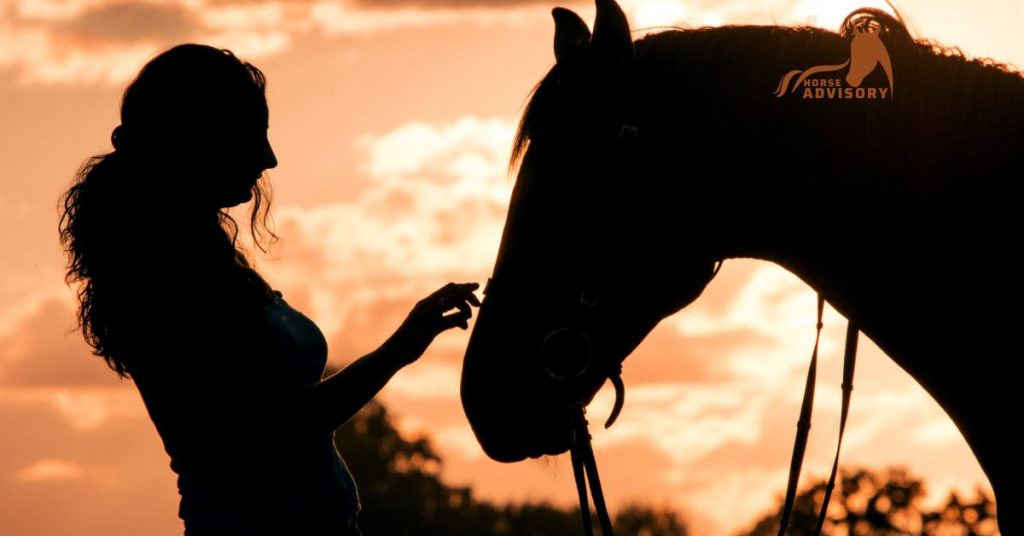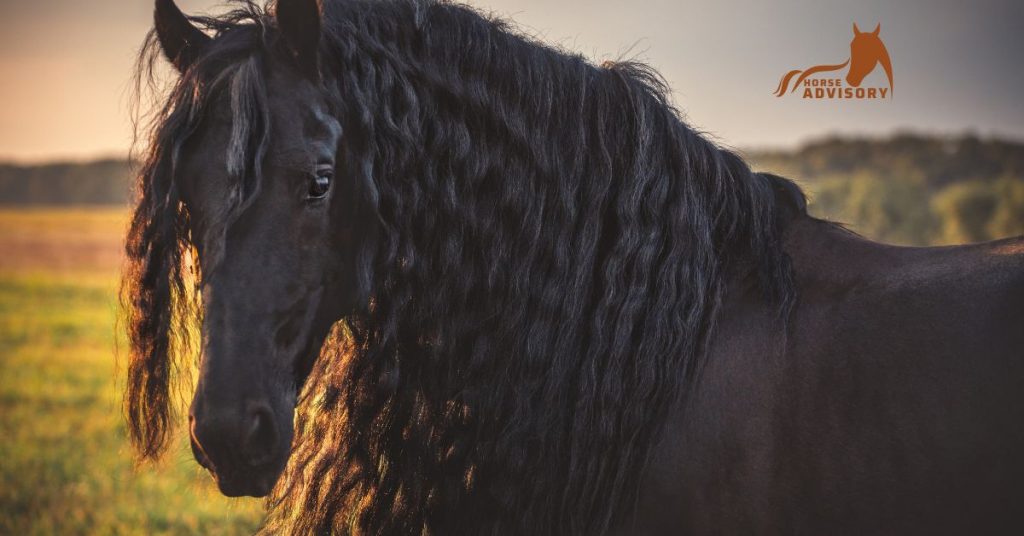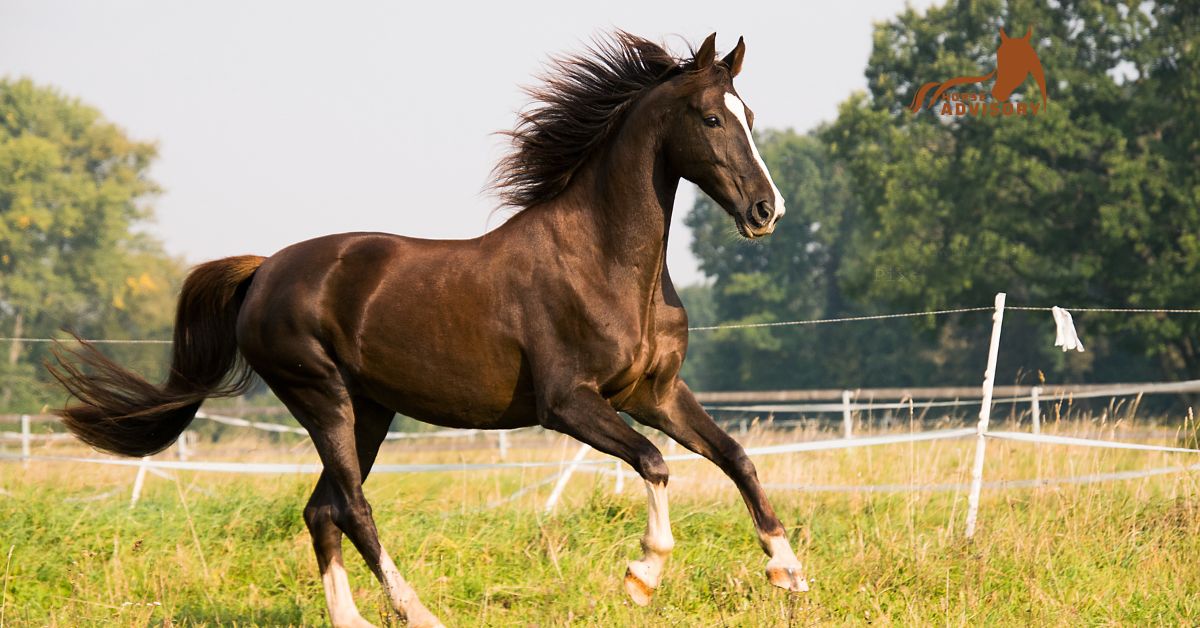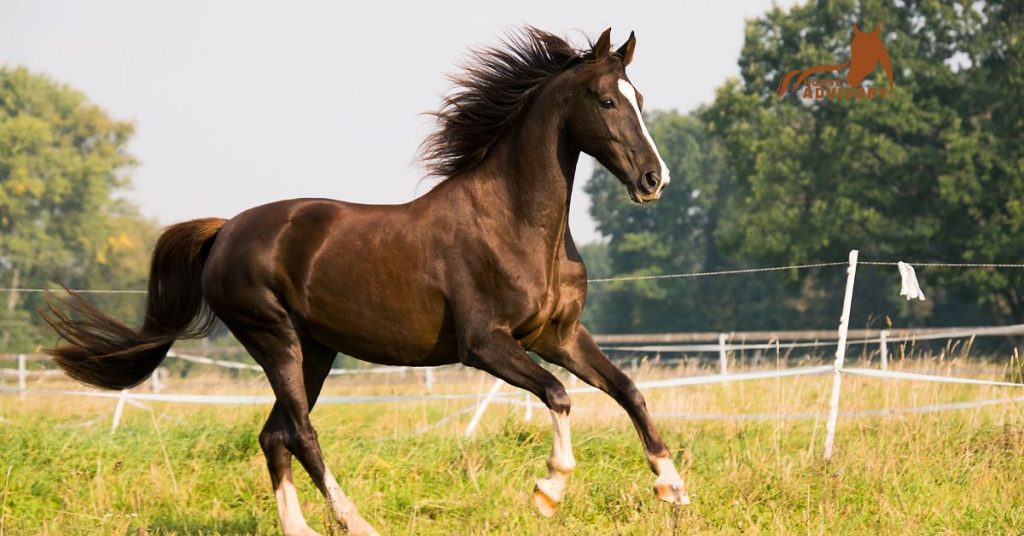Whenever a horse is born, the first question on everyone’s mind is “is it a colt or a filly?” The answer to that question can be confusing because there’s no black-and-white definition for what makes a horse a filly. In this article, we’ll explore what scientific factors determine whether or not a horse is classified as a filly. We’ll also take a look at some of the other physical and behavioral differences between colts and fillies. So without further ado, let’s dive into the science of horses!
What is a filly?
A filly is a young female horse, typically between the ages of one and four. Fillies are typically smaller and less mature than adult horses, but they can be just as smart and active. They are also known for their playful, mischievous nature, which makes them an excellent choice for children or anyone who loves spending time with animals. Whether you want to ride your filly through the countryside or simply enjoy watching her frolic in the field, she will certainly bring you a lifetime of joy and companionship. So if you’re thinking about adding a filly to your family, go ahead and make that dream a reality! You won’t regret it.

Factors determine a horse’s gender
1. Age
The first factor that determines a horse’s gender is age. Fillies are typically young female horses, commonly between the ages of one and four years old. This means that they are smaller and less mature than adult horses, but can be just as smart and active as their older counterparts. They are also known for their playful, mischievous nature, which makes them an excellent choice for children or anyone who loves spending time with animals.
2. Size and body shape
Another important factor when determining a horse’s gender is its size and body shape. Typically, fillies tend to be much smaller than adult horses, with slimmer builds and shorter legs. However, some fillies may grow to be larger than average adults, especially if they are female horses with a particularly large or muscular build.
3. Behavior
Perhaps one of the most important factors in determining a horse’s gender is its behavior. Fillies, like colts, can be energetic and playful, making them ideal for children or anyone who enjoys spending time with animals. However, fillies also tend to be more mischievous than colts, often acting out due to their smaller size and relative immaturity.

4. Other physical differences
In addition to size and behavior, there are other physical differences between fillies and colts that can help determine a horse’s gender. For example, fillies tend to have longer manes and smoother coats than colts, as well as more distinct facial features. They may also exhibit different coloration patterns than male horses, such as the Roaning or pinto spotting seen in some female horses but not males.
How do scientists classify horses as either colts or fillies?
One of the biggest challenges facing scientists who study horses is classifying them as either colts or fillies. This is because there are no definitive criteria for determining a horse’s gender, and different factors may be more or less important in different contexts. In general, scientists look at a number of physical and behavioral traits when attempting to classify a horse as either male or female. These include age, size and body shape, behavior, and other distinguishing characteristics such as coloration patterns and facial features. There are also certain scientific methods that can be used to determine a horse’s gender with greater accuracy. For example, researchers may use genetic testing or hormone analysis to measure levels of specific hormones associated with horses’ reproductive systems. Other techniques, such as ultrasound imaging, can be used to examine a horse’s reproductive organs and determine whether it is male or female. Though there is no single method that can be universally applied for classifying horses as colts or fillies, scientists continue to develop new techniques and technologies that aim to improve our understanding of these fascinating animals.

Why is it important to be able to classify horses as either colts or fillies?
There are a number of reasons why it is important to be able to classify horses as either colts or fillies.
1. Perhaps the most obvious benefit of being able to accurately identify horses’ genders is that it allows us to manage and care for these animals. For example, knowing whether a horse is male or female can help us make decisions about which breeding techniques to use, what types of feed and nutrition are best suited to its needs, and how much exercise or physical activity it requires.
2. In addition, classifying horses as colts or fillies is important for scientific research and understanding. By learning more about the specific traits associated with each gender, scientists can better understand how these differences may influence a horse’s behavior, health, and overall well-being.
3. Finally, being able to classify horses as colts or fillies is essential for the equestrian and horse racing industries. These industries rely on accurate gender identification to ensure that horses are competing and performing at their best, as well as to help prevent cheating through the use of improperly sexed horses. As such, scientists continue to develop new techniques and technologies for accurately classifying horses’ genders, so that we may better understand these fascinating animals.
Conclusion
Overall, the ability to classify horses as either colts or fillies is an essential skill for scientists, researchers, equestrians, and horse racing enthusiasts. There are a number of different factors that can be used to determine a horse’s gender, including age, behavior, physical appearance, and hormonal levels. Despite the challenges inherent in this process, scientists continue to develop new methods and technologies for accurately classifying horses as colts or fillies. By better understanding these animals and their unique characteristics, we can improve our management and care practices for horses around the world.
Frequently Asked Questions
1. What are some of the physical and behavioral traits that scientists look at when classifying horses as colts or fillies?
Some of the physical and behavioral traits that scientists typically consider when classifying horses include age, size and body shape, behavior, coloration patterns, and facial features. Additionally, they may use genetic testing or hormone analysis to measure hormone levels associated with horses’ reproductive systems.
2. How do scientists use advanced techniques such as ultrasound imaging or genetic testing to determine a horse’s gender?
Scientists may use techniques such as ultrasound imaging or genetic testing to examine a horse’s reproductive organs in greater detail, in order to identify any anatomical differences between male and female horses. Additionally, they may use genetic testing to look for specific DNA markers that are associated with horses’ genders. Overall, there are a number of different methods used by scientists when classifying horses as colts or fillies, and these techniques continue to evolve over time as new technologies emerge.
3. Why is it important to accurately identify the gender of horses, both for research and management purposes?
There are a number of reasons why accurate gender identification is important for research and management purposes. For example, understanding how reproductive hormones differ between male and female horses can help scientists better understand their behavior and health, as well as inform breeding strategies. Likewise, accurately identifying the gender of horses allows researchers to effectively manage these animals in captivity, whether they are used for breeding or racing purposes. Additionally, equestrian and horse racing industries rely on accurate classification methods to ensure that horses are competing ethically and safely. Therefore, it remains a priority for scientists to develop new techniques and technologies that will help us better understand these fascinating animals.
4. What are some of the challenges that researchers and equestrians face when it comes to classifying horses as colts or fillies?
There are a number of challenges associated with accurately classifying horses as colts or fillies. For one, a horse’s physical appearance may change significantly over time as it ages, making it difficult to determine its gender based on visual inspection alone. Additionally, behavioral differences between male and female horses can be subtle and may require careful observation in order to spot any meaningful changes over time. Finally, hormonal fluctuations can impact the accuracy of gender identification tests, especially if conducted at certain points during the reproductive cycle. Despite these challenges, scientists continue to develop new methods for accurately identifying horses’ genders so that we can improve our management and care practices for these animals.





